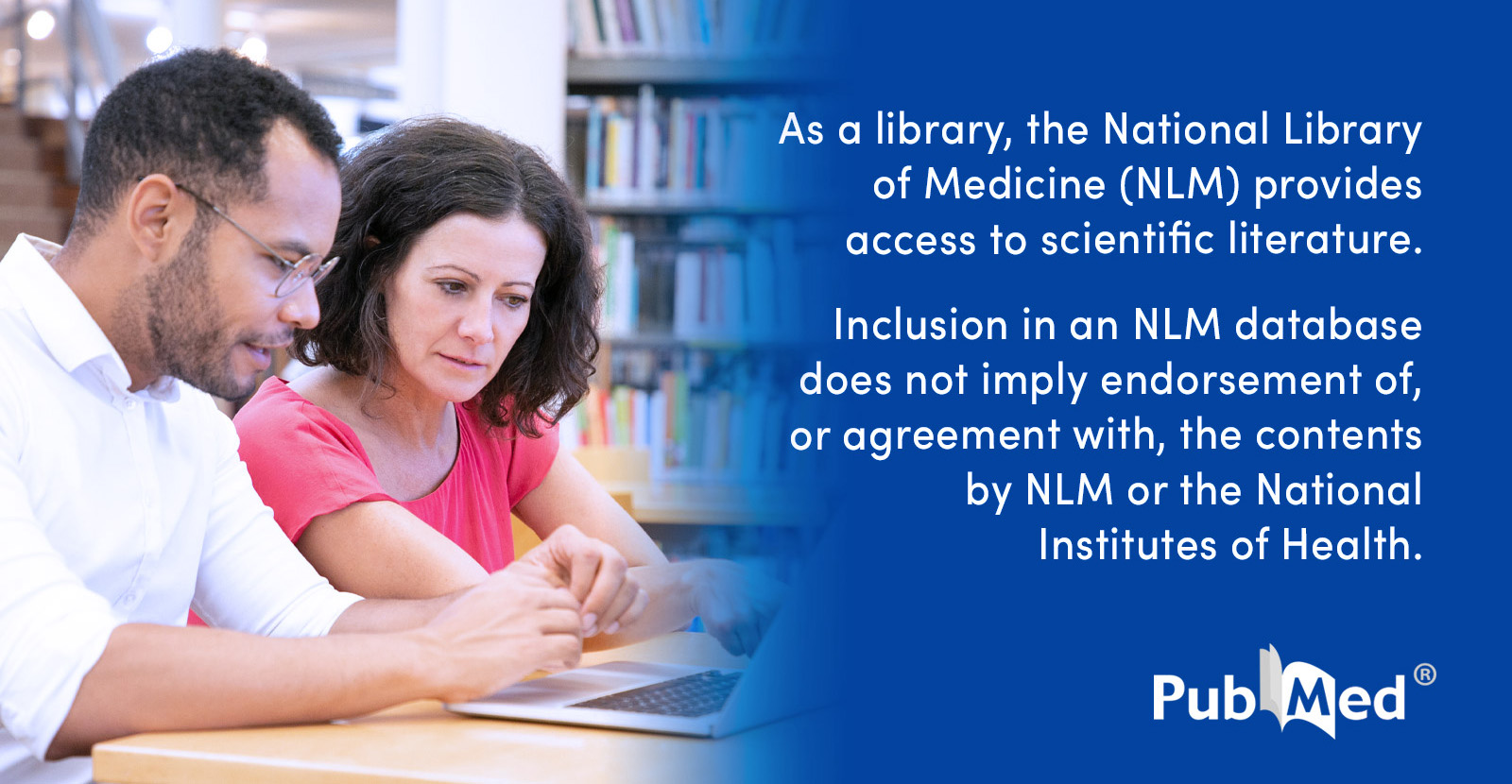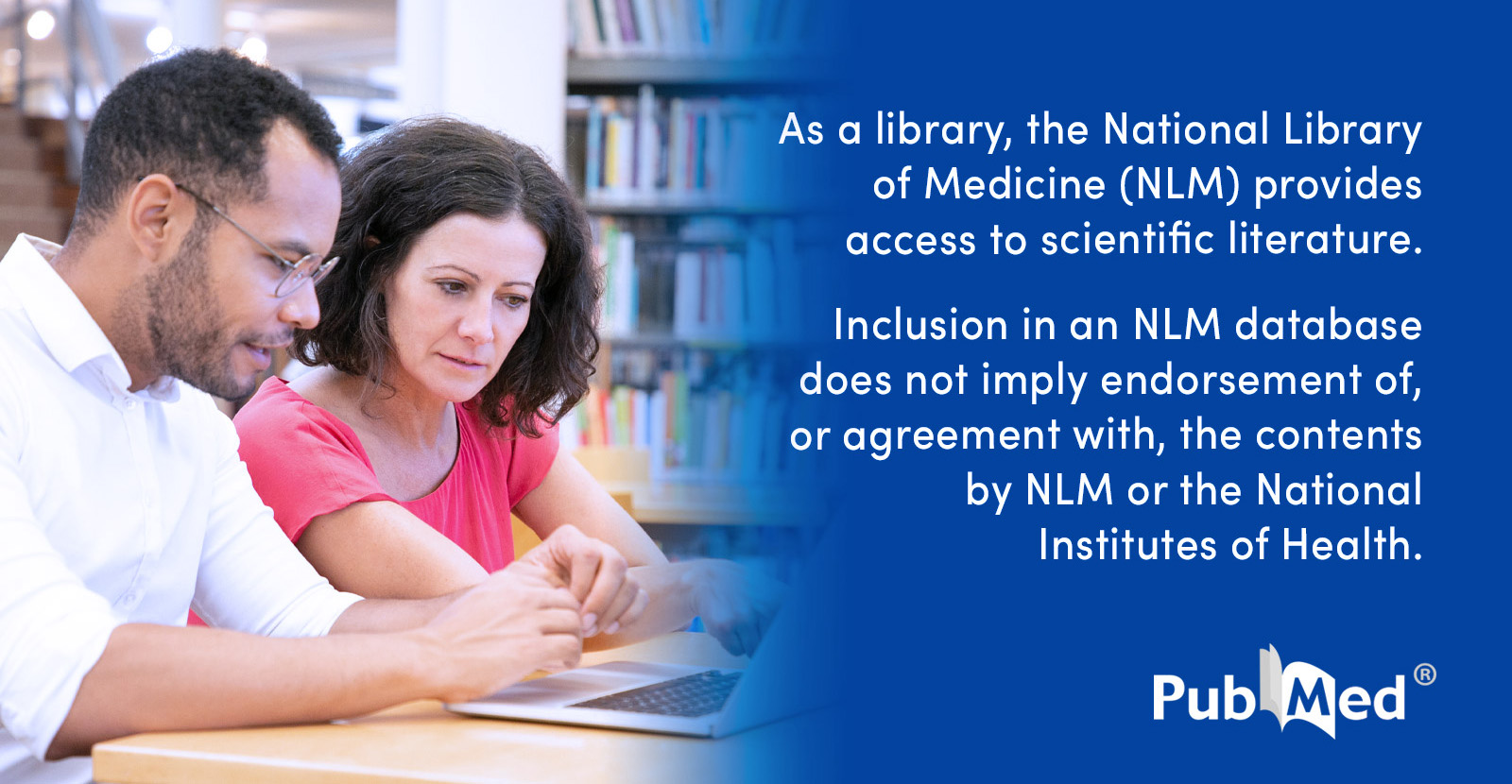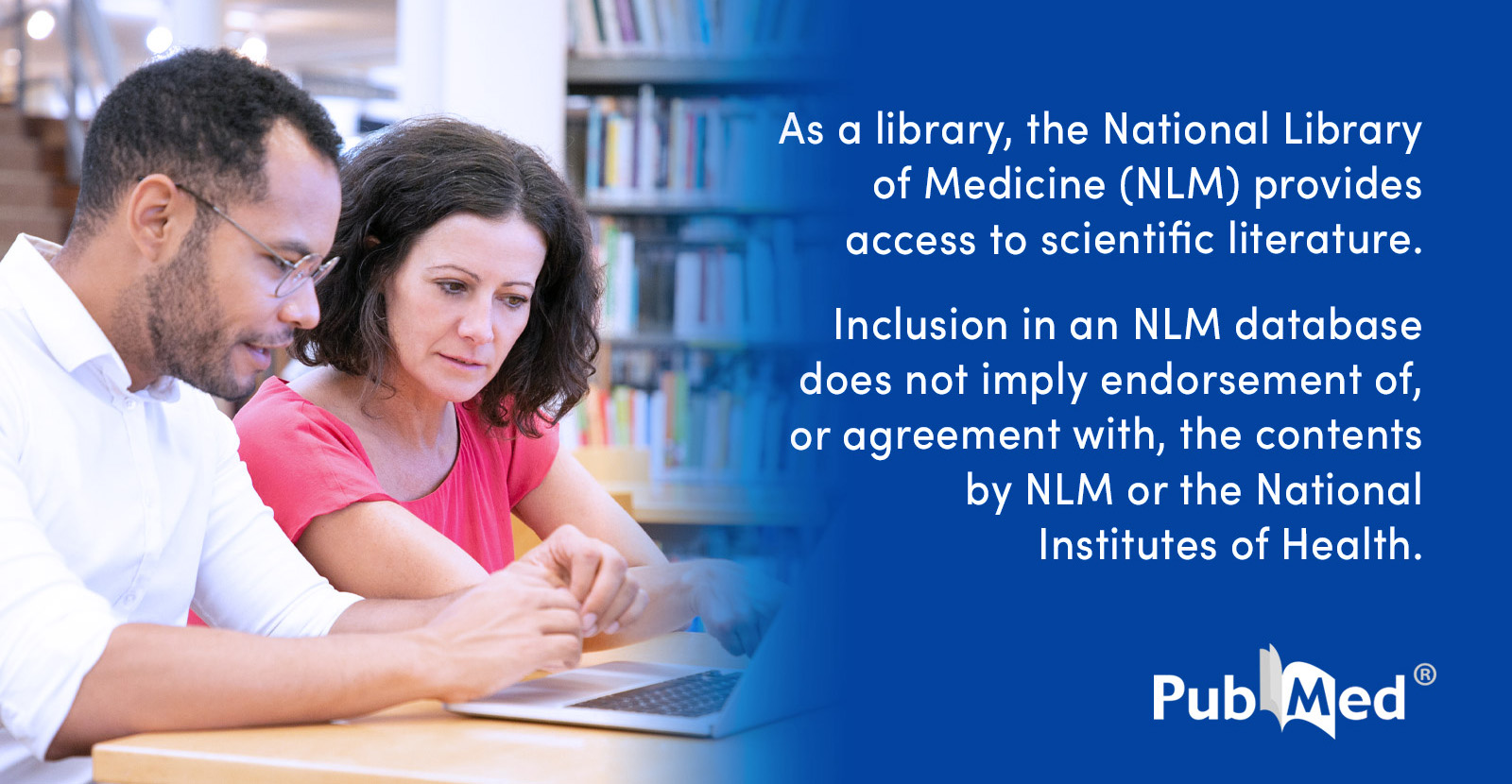
Patients with non-MRI-conditional cardiac devices—such as certain pacemakers and defibrillators—have historically faced limitations in accessing magnetic resonance imaging (MRI) due to safety concerns. This has led to diagnostic delays, suboptimal clinical evaluations, and constrained treatment options for a subset of cardiac patients.
Recent clinical advancements and emerging evidence are helping clinicians and imaging specialists identify safe and effective pathways for imaging these patients. The development of risk stratification protocols, coupled with collaborative efforts between cardiology and radiology departments, is enabling more individuals with traditional cardiac implantable electronic devices (CIEDs) to undergo necessary MRI scans.
Key components of this approach include updated device labeling, the use of specialized programming modes during imaging, and close monitoring throughout the procedure. Additionally, the establishment of cardiac device registries and safety data over time has shown that, under controlled conditions, MRI can often be performed safely with non-MRI-conditional devices.
Professional societies such as the Heart Rhythm Society and the American College of Radiology have issued guidance encouraging careful but more inclusive MRI access for these patients. This shift reflects a growing recognition of the critical diagnostic role MRI plays in treating various conditions, particularly neurological and musculoskeletal disorders.
As healthcare providers continue to refine their protocols, patients with legacy cardiac devices increasingly stand to benefit from improved imaging access. This transformation not only clears diagnostic bottlenecks but also enhances overall patient care by informing treatment strategies that rely on high-resolution MRI data.
Source: https:// – Courtesy of the original publisher.








